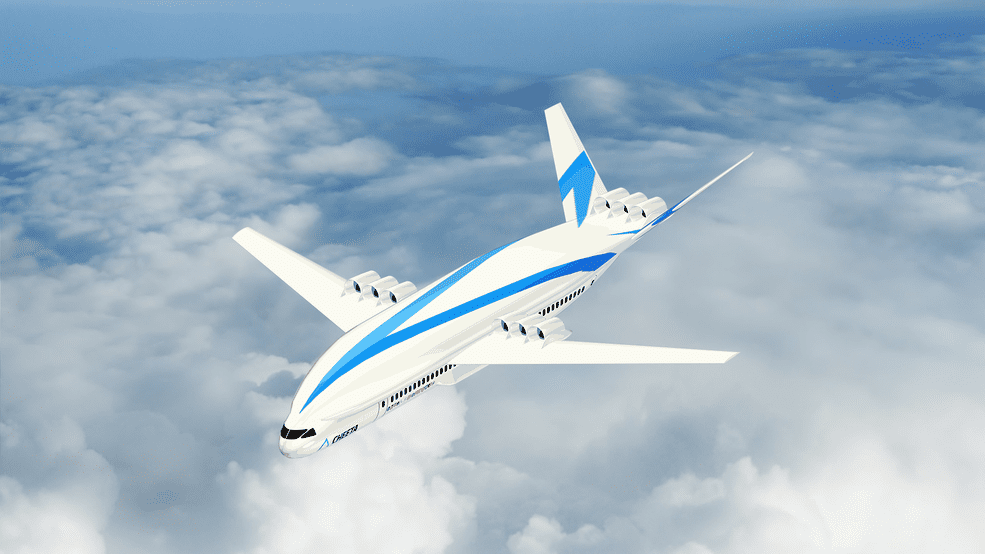
University researchers have made strides towards the development of advanced fuel cells and electricity-conducting technology for generating the power that will be necessary to enable fully-electric aircraft. (Photo: Phillip Ansell, University of Illinois)
In recent years, the sustainability and environmental impacts of air travel have been brought under intense scrutiny from governments, nonprofits and the public. This has led to aircraft manufacturers and other aviation companies alike focusing on creating more sustainable and efficient aircraft for use in both commercial and private segments of the industry. Supported by NASA, CHEETA (the Center for High-Efficiency Electrical Technologies for Aircraft), is a group of researchers and students that are looking to take this movement further by cutting carbon emissions from aircraft entirely through the development of fully electric aircraft.
Electrifying aviation, while a relatively new concept, has gained traction in the industry. Its popularity has been seen specifically in recent months, as Icelandair conducted its first test flight for an all-electric training aircraft that could have future application in some of the carrier’s short-haul, domestic markets. However, CHEETA is thinking bigger, aiming to harness the power of fuel cells to power large aircraft beyond the size of training aircraft.
While created as a component of NASA’s University Leadership Initiative (ULI), CHEETA is composed of researchers, graduates and undergraduate students from nine universities across the country. It fulfills the ULI’s goal by allowing talented minds across many disciplines to collaborate with funding from NASA to develop advanced solutions to the challenges facing the aerospace industry today. Phillip Ansell, CHEETA’s director, highlights the benefit of this campus involvement, explaining, “The students are just so enamored with our work, which has been really cool to see.”
The focus for CHEETA is to harness the power of fuel cells to generate sustainable power for large aircraft. These cells would create electricity by combining oxygen in the air with hydrogen. This chemical process would only result in the emission of water, making this science a promising lead toward sustainable air travel.
While developments like this are much closer in reach thanks to technological advancements, a goal to create electricity to power aircraft using fuel cells comes with logistical challenges that must be faced by the ULI. For one, hydrogen must be in its liquid state in order to be used in the process of generating electricity. This becomes a significant obstacle for CHEETA researchers, as hydrogen must be stored at -423℉ in order to remain in its liquid state.
“Storing this supercold, or cryogenic, liquid requires tanks that are heavier than those used to hold regular jet fuel, which has made it difficult for fuel cells from achieving widespread use in aviation,” writes NASA’s Lillian Gipson.
Even if the team is able to address the challenges, they must also find a way to ensure that the fuel cells can power a large aircraft and the complex systems needed for operation.
Despite these headwinds, CHEETA seems determined to propel the aviation industry forward through its research. Its progress toward sustainable air travel is proving to be a unifying cause in the industry, as even companies like GlobalX are indicating interest in electric aircraft. Given the support for electric aircraft and the bright minds working toward the application of fuel cell generated electricity, CHEETA is taking steps toward making sustainable aviation a reality.